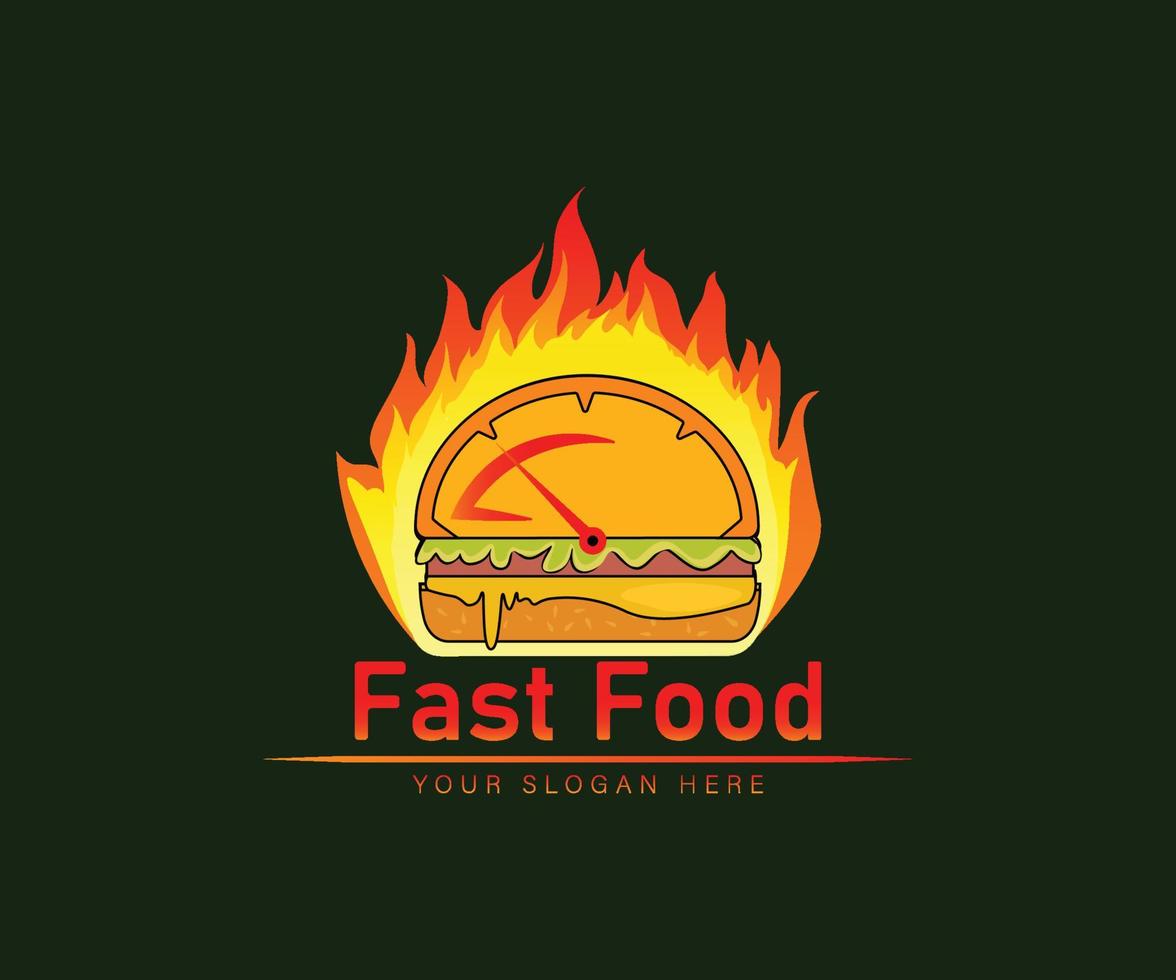When we think about pushing the limits of food, the largest burger ever made undoubtedly stands out as one of the most impressive feats in the culinary world. This isn’t just a burger — it’s a massive achievement that blends creativity, engineering, and a whole lot of fun. Ever wondered just how large a burger can be before it stops being a meal and becomes an entire spectacle? Get ready for the amazing story behind the record-breaking burger.
A Burger Like No Other
In October 2021, a group of ambitious chefs and food lovers in Antwerp, Belgium, achieved something that would make any burger enthusiast’s eyes widen. They crafted a burger weighing a jaw-dropping 1,700 pounds (around 800 kg), earning it the title of the largest burger in the world according to Guinness World Records. But what goes into creating such a monumental sandwich? Let’s break it down.
The Ingredients: Larger Than Life
Crafting a burger of this size wasn’t as simple as just adding a few extra patties. The sheer quantity of ingredients used in this creation is mind-blowing.
- The Bun: The burger’s bun tipped the scales at over 100 pounds. It was baked in a specialized industrial oven, designed to support the enormous weight of everything piled on top.
- The Patty: The beef patty alone weighed in at 500 pounds. To ensure it was cooked evenly, a custom-built oven was necessary.
- The Cheese: This burger wasn’t shy about its cheese, using a whopping 60 pounds of it. That’s probably enough cheese to cover a BBQ for an entire neighborhood!
- The Veggies: The burger also had a generous supply of fresh lettuce, tomatoes, pickles, and onions, adding even more weight to the already massive creation.
- The Condiments: Over 20 gallons of ketchup and mustard were used to add just the right amount of flavor.
The team spent countless hours ensuring each component was meticulously assembled. The goal wasn’t just to create a giant burger, but to craft a culinary masterpiece that could hold together and remain stable while providing a satisfying experience.
The Challenges of Cooking a Colossal Burger
Cooking something heavier than your average car is no easy task. The enormous patty needed a specialized industrial grill to cook it thoroughly. The team had to be extra careful to avoid overcooking or drying out the meat while making sure it stayed at the proper temperature throughout the process.
Various grills and ovens were used to ensure every part of the burger was cooked just right before assembly began.
Putting It All Together
After all the ingredients were prepped, it was time to assemble this beast. A team of chefs worked tirelessly to layer the cheese, veggies, and condiments onto the patty. For some of the heavy lifting, they even enlisted the help of a forklift to carefully place the bun atop the towering creation.
To keep the burger from collapsing under its own weight, a special stand was built to hold the entire structure. The end result was nothing short of an engineering marvel, demonstrating the perfect marriage of cooking and construction.
A Spectacle for the Ages
This wasn’t just about eating an enormous burger — it became a spectacle. Hundreds of people gathered to witness the burger being cut, served, and shared. While no one was expected to eat it all in one go, the burger was eventually sliced into thousands of smaller portions, with pieces handed out to locals, food lovers, and a few lucky guests.
The Purpose Behind the Giant Burger
Why make such a colossal burger? The main goal wasn’t to challenge people’s appetites but to create a moment of food-related wonder. This burger became an iconic event that garnered attention worldwide, sparking discussions about food creativity, fun, and possibilities.
It’s also worth noting that this project had a charitable element. The burger served as part of a fundraiser, with a portion of the proceeds going toward local food banks and other community organizations.
The Legacy of the Giant Burger
Since its creation, the largest burger in history has become a symbol of what’s possible when food, fun, and innovation come together. It’s a reminder that sometimes, bigger really is better — and this record-breaking creation wasn’t just about setting a new world record. It was about pushing boundaries and showcasing human creativity in the kitchen.
Though it’s unlikely anyone will ever challenge the 1,700-pound burger anytime soon, its creation has undoubtedly inspired new food challenges, extravagant meals, and festivals around the world. After all, when it comes to culinary achievements, sometimes the bigger the burger, the better the spectacle.










